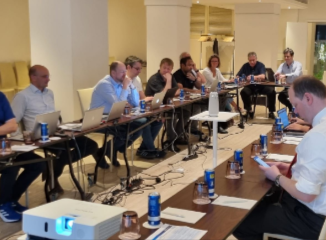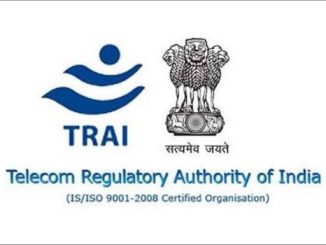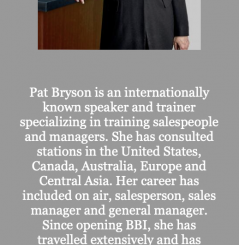
Ria 897 Singapore refreshes programming
Mediacorp Singapore’s English and Malay language station Ria 897 has announced a series of new programmes and pairings starting May 8.On the popular morning show #2BudakNakal, DJ Hans Ashrie returns to helm the programme together with Nity Baizura.R-ADI-OCACTIVE with Adi Rahman every weekday from 10 am to 12pm will feature a range of topics including food, physical and mental health, celebrity news and tech.Gen-M with Adi Rahman and Saffwan Shah every Monday to Thursday and Azlin Ali on Fridays, 12 pm to 2 pm will present focal topics through the millennial lens, all while holding true to Malay cultural roots and values. These topics include social issues, career entrepreneurship, travel, adventure and finance.Ria Mania with Saffwan Shah every weekday from 2 pm to 4 pm will continue to air familiar tunes and favourite hits, interspersed with discussions about all-things trending to empower listeners to embark on what their hearts desire such as starting that business or going for the dream solo travel.Malam Ini Kita Punya with Dalina Jaapar every weeknight, 8 pm to 12.00am, will treat listeners to specially curated playlists of Indie and love songs. Together with talk segments centered on issues of the heart, listeners can share their love confessions.Misteri Jam 12 with Hans Ashrie every Tuesday and Wednesday and with Saffwan Shah from Thursday to Saturday, 12 am to 1.00am, will continue to send shivers down the spine with the eeriest and spookiest supernatural stories. […]





